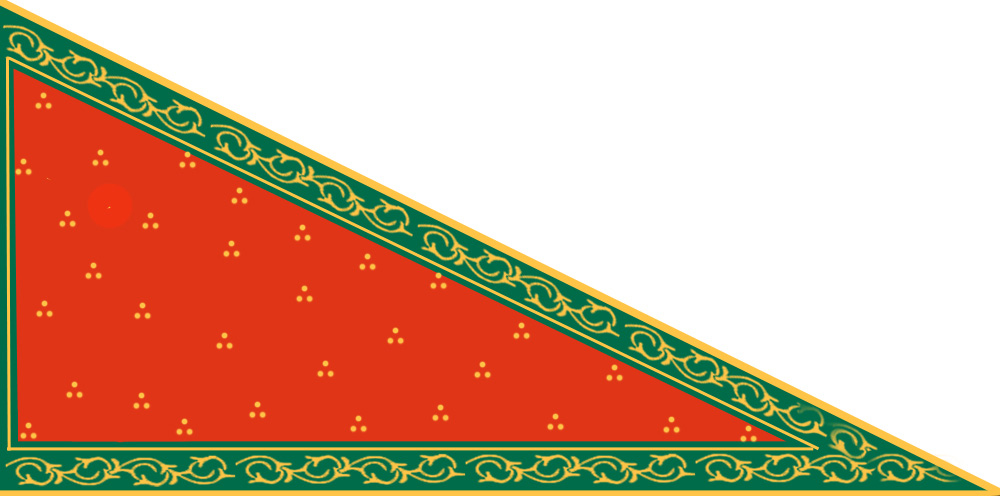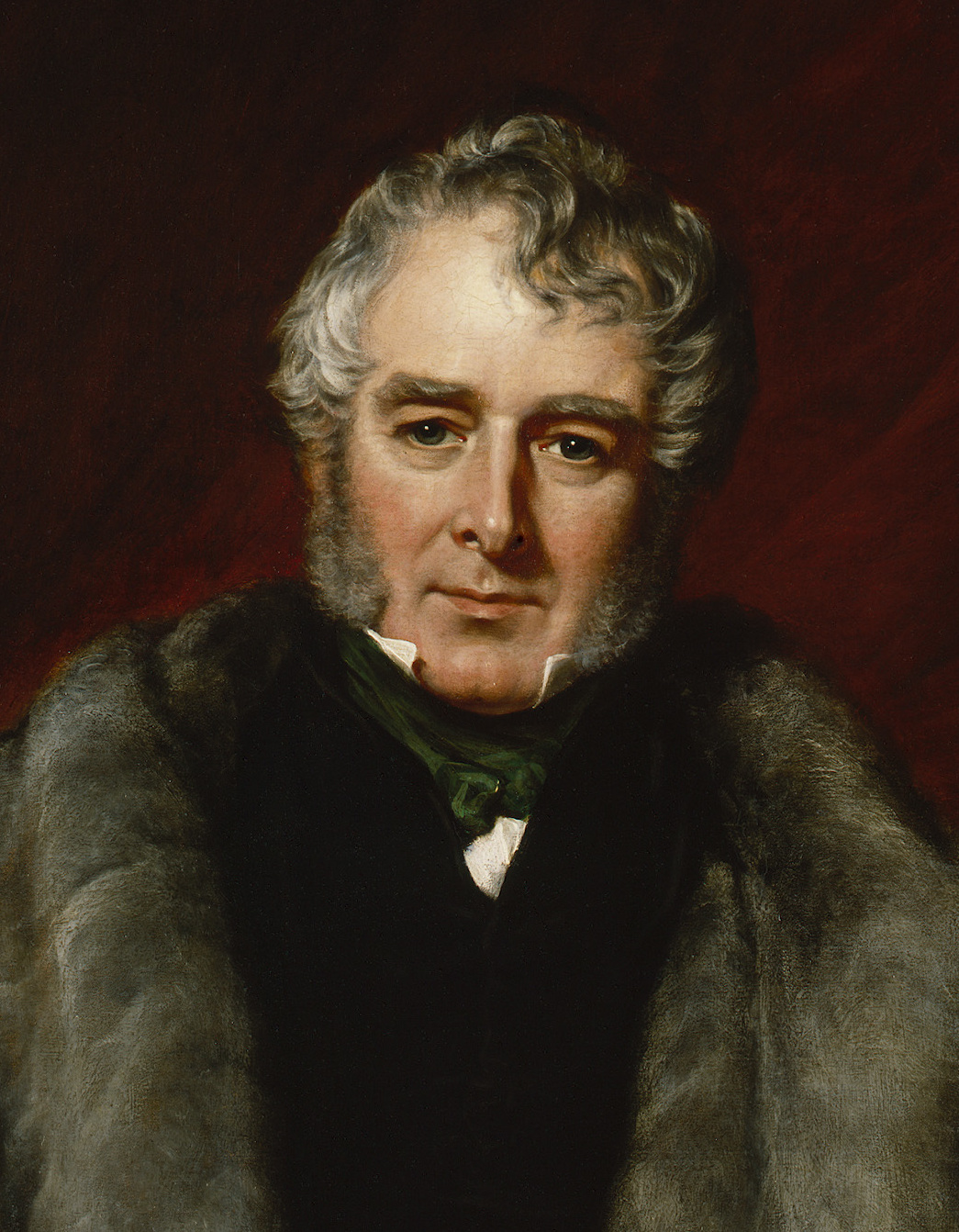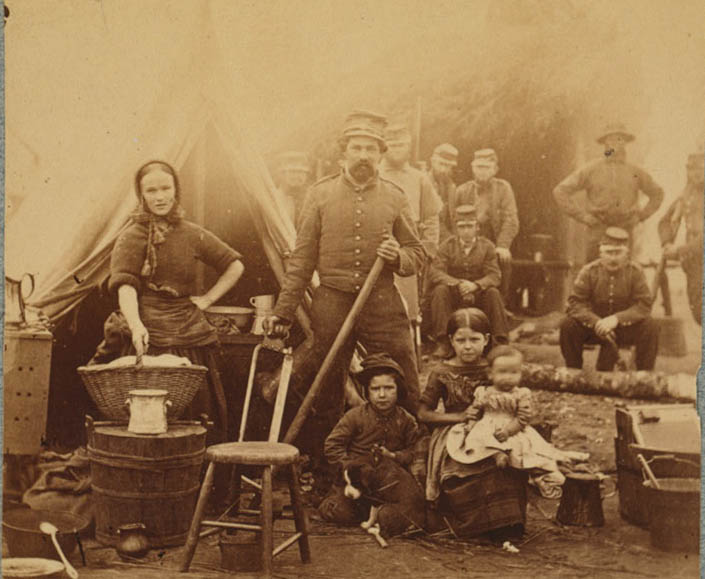|
First Anglo–Afghan War
The First Anglo-Afghan War ( fa, جنگ اول افغان و انگلیس) was fought between the British Empire and the Emirate of Kabul from 1838 to 1842. The British initially successfully invaded the country taking sides in a succession dispute between emir Dost Mohammad ( Barakzai) and former emir Shah Shujah ( Durrani), whom they reinstalled upon occupying Kabul in August 1839. The main British Indian force occupied Kabul and endured harsh winters. The force and its camp followers were almost completely massacred during the 1842 retreat from Kabul. The British then sent an ''Army of Retribution'' to Kabul to avenge the destruction of the previous forces. After recovering prisoners, they left Afghanistan by the end of the year. Dost Mohammed returned from exile in India to resume his rule. It was one of the first major conflicts during the Great Game, the 19th century competition for power and influence in Central Asia between Britain and Russia. Background Caus ... [...More Info...] [...Related Items...] OR: [Wikipedia] [Google] [Baidu] |
Battle Of Ghazni
The Battle of Ghazni (or Ghuznee) took place in the city of Ghazni in central Afghanistan on Tuesday, July 23, 1839, during the First Anglo-Afghan War. Prelude In the 1830s, the British were firmly entrenched in India but by 1837, feared a Russian invasion through the Khyber and Bolan Passes as the Russian Empire had expanded towards the British dominion. The British sent an envoy to Kabul to form an alliance with Afghanistan's emir, Dost Muhammad against Russia. The Emir was in favour of an alliance but wanted British help in recapturing Peshawar which the Sikhs had captured in 1834. The British refused to help. Dost Muhammad then started negotiating with the Russians who had also sent an envoy to Kabul. This led the Governor General of India, Lord Auckland to conclude that Dost Muhammad was anti-British. British fears of a Russian invasion of India took one step closer to becoming a reality when negotiations between the Afghans and Russians broke down in 1838. This led to P ... [...More Info...] [...Related Items...] OR: [Wikipedia] [Google] [Baidu] |
William Lamb, 2nd Viscount Melbourne
William Lamb, 2nd Viscount Melbourne, (15 March 177924 November 1848), in some sources called Henry William Lamb, was a British Whig politician who served as Home Secretary (1830–1834) and Prime Minister (1834 and 1835–1841). His first premiership ended when he was dismissed by King William IV in 1834, the last British prime minister to be dismissed by a monarch. Five months later he was re-appointed and served for six more years, into the reign of Queen Victoria. He is best known for coaching the Queen in the ways of politics, acting almost as her private secretary. Historians do not rank Melbourne's tenure as prime minister favourably, as he had no great foreign wars or domestic issues to handle, and he was involved in several political scandals in the early years of Victoria's reign. Early life Born in London in 1779 to an aristocratic Whig family, William Lamb was the son of the 1st Viscount Melbourne and Elizabeth, Viscountess Melbourne (1751–1818). However, his ... [...More Info...] [...Related Items...] OR: [Wikipedia] [Google] [Baidu] |
War Of Succession
A war of succession is a war prompted by a succession crisis in which two or more individuals claim the Order of succession, right of successor to a demise of the Crown, deceased or deposition (politics), deposed monarch. The rivals are typically supported by Political faction, factions within the Court (royal), royal court. Foreign powers sometimes Interventionism (politics)#Foreign interventionism, intervene, alliance, allying themselves with a faction. This may widen the war into one between those powers. Wars of succession were some of the most prevalent types of Casus belli#Categorisation, wars by cause throughout human history, but the replacement of absolute monarchy, absolute monarchies by an international order based on democracy with constitutional monarchy, constitutional monarchies or republics ended almost all such wars by 1900. Terminology Descriptions In historiography and literature, a ''war of succession'' may also be referred to as a ''succession disput ... [...More Info...] [...Related Items...] OR: [Wikipedia] [Google] [Baidu] |
British Empire
The British Empire was composed of the dominions, colonies, protectorates, mandates, and other territories ruled or administered by the United Kingdom and its predecessor states. It began with the overseas possessions and trading posts established by England between the late 16th and early 18th centuries. At its height it was the largest empire in history and, for over a century, was the foremost global power. By 1913, the British Empire held sway over 412 million people, of the world population at the time, and by 1920, it covered , of the Earth's total land area. As a result, its constitutional, legal, linguistic, and cultural legacy is widespread. At the peak of its power, it was described as "the empire on which the sun never sets", as the Sun was always shining on at least one of its territories. During the Age of Discovery in the 15th and 16th centuries, Portugal and Spain pioneered European exploration of the globe, and in the process established large overse ... [...More Info...] [...Related Items...] OR: [Wikipedia] [Google] [Baidu] |
Camp Follower
Camp followers are civilians who follow armies. There are two common types of camp followers; first, the wives and children of soldiers, who follow their spouse or parent's army from place to place; the second type of camp followers have historically been informal army service providers, servicing the needs of encamped soldiers, in particular selling goods or services that the military does not supply—these have included cooking, laundering, liquor, nursing, sexual services and sutlery. History From the beginning of organized warfare until the end of the 19th century, European and American armies heavily depended on the services of camp followers. These services included delivery and preparation of provisions and transportation of supplies, which augmented the official military support structure. Camp followers usually accompanied the baggage train and they often outnumbered the army itself, adding to its logistical problems. Camp followers were both a support and drain on ... [...More Info...] [...Related Items...] OR: [Wikipedia] [Google] [Baidu] |
Camp Followers
Camp followers are civilians who follow armies. There are two common types of camp followers; first, the wives and children of soldiers, who follow their spouse or parent's army from place to place; the second type of camp followers have historically been informal army service providers, servicing the needs of military camp, encamped soldiers, in particular selling goods or services that the military does not supply—these have included cooking, Laundry, laundering, liquor, nursing, prostitution, sexual services and sutlery. History From the beginning of organized warfare until the end of the 19th century, European and American armies heavily depended on the services of camp followers. These services included delivery and preparation of provisions and transportation of supplies, which augmented the official military support structure. Camp followers usually accompanied the baggage train and they often outnumbered the army itself, adding to its Military logistics, logistical pro ... [...More Info...] [...Related Items...] OR: [Wikipedia] [Google] [Baidu] |
Guns
A gun is a ranged weapon designed to use a shooting tube (gun barrel) to launch projectiles. The projectiles are typically solid, but can also be pressurized liquid (e.g. in water guns/cannons, spray guns for painting or pressure washing, projected water disruptors, and technically also flamethrowers), gas (e.g. light-gas gun) or even charged particles (e.g. plasma gun). Solid projectiles may be free-flying (as with bullets and artillery shells) or tethered (as with Taser guns, spearguns and harpoon guns). A large-caliber gun is also called a ''cannon''. The means of projectile propulsion vary according to designs, but are traditionally effected pneumatically by a high gas pressure contained within the barrel tube, produced either through the rapid exothermic combustion of propellants (as with firearms), or by mechanical compression (as with air guns). The high-pressure gas is introduced behind the projectile, pushing and accelerating it down the length of the tube, i ... [...More Info...] [...Related Items...] OR: [Wikipedia] [Google] [Baidu] |
Shah Shujah Durrani
''Padshah Sultan'' Shah Shuja Durrani (Pashto/Dari: ; November 1785 – 5 April 1842) was ruler of the Durrani Empire from 1803 to 1809. He then ruled from 1839 until his death in 1842. Son of Timur Shah Durrani, Shuja Shah was of the Sadduzai line of the Abdali group of ethnic Pashtuns. He became the fifth King of the Durrani Empire. Career King of Afghanistan Shuja Shah was the governor of Herat and Peshawar from 1798 to 1801. He proclaimed himself as King of Afghanistan in October 1801 (after the deposition of his brother Zaman Shah), but only properly ascended to the throne on July 13, 1803. In Afghanistan, a blind man by tradition cannot be Emir, and so Shah Shuja's step-brother Mahmud Shah had Zaman blinded, however not killed. After coming to power in 1803, Shuja ended the blood feud with the powerful Barakzai family and also forgave them. To create an alliance with them, he married their "sister" Wafa Begum. In 1809 Shuja allied Afghanistan with British India, a ... [...More Info...] [...Related Items...] OR: [Wikipedia] [Google] [Baidu] |
Henry Marion Durand
Major-General Sir Henry Marion Durand, (6 November 1812 – 1 January 1871) was a British military officer in the Bengal Army and served as List of governors of Punjab (British India), Lieutenant Governor of Punjab from 1870 until his death in 1871. Early life Durand was one of two illegitimate sons of Henry Percy (British Army officer), Major Henry Percy, a cavalry officer who served in the Peninsular War and later at the Battle of Waterloo, and Marion Durand, a French woman he met while prisoner-of-war in the Napoleonic Wars. Born in Coulandon, France, both his parents died whilst he was young, and he was placed in the care of a family friend Mr. Deans. He was educated at the Addiscombe Military Seminary, East India Company Military Seminary at Addiscombe where he was a contemporary of the future Robert Napier, 1st Baron Napier of Magdala, Lord Napier of Magdala who passed out two years before him. Career Durand sailed for India in 1829. On-board he developed a friendship wit ... [...More Info...] [...Related Items...] OR: [Wikipedia] [Google] [Baidu] |
George Pollock
Field marshal (United Kingdom), Field Marshal Sir George Pollock, 1st Baronet (4 June 1786 – 6 October 1872) was a British Indian Army officer. He first saw action at the Battle of Deeg and at the Siege of Bhurtpore (1805), Siege of Bhurtpore during the Second Anglo-Maratha War before taking part in the Anglo-Nepalese War. He also commanded the British artillery at the Battle of Prome and at Bagan during the First Anglo-Burmese War. Following a disastrous 1842 retreat from Kabul, retreat from Kabul in January 1842 during the First Anglo-Afghan War, the retreating forces became stranded at the small British garrison at Jalalabad and Pollock was appointed Commander of the Force sent to relieve the garrison: he advanced through the Khyber Pass and Battle of Jellalabad, relieved the garrison in April 1842. He then set about an unauthorised but ultimately successful mission to rescue the British hostages who had been left behind in Kabul prior to the retreat. In 1844 the Pollock Me ... [...More Info...] [...Related Items...] OR: [Wikipedia] [Google] [Baidu] |
Willoughby Cotton
Lieutenant General Sir Willoughby Cotton (1783 – 4 May 1860) was a British soldier. Family Willoughby Cotton was born in 1783, to Vice-Admiral Rowland Cotton and Elizabeth Aston. They also had a daughter, Sydney Arabella Cotton. Rowland Cotton was from a well-established Chester family, was the second son of Sir Lynch Cotton, 4th Baronet, while Elizabeth was the eldest daughter of Sir Willoughby Aston, 5th Baronet Aston, of Aston, Chester. Cotton married Lady Augusta Maria Coventry on 16 May 1806 in Marylebone, London. They had three children together, Augusta Mary Cotton, Willoughby Cotton and Maj.-Gen. Corbet Cotton. School years Willoughby Cotton entered Rugby School at the age of 12 in 1795. Cotton, aged 14, was a ringleader in the " Great Rebellion" of November 1797. Aggrieved by the attitude of the Head Master, Dr. Henry Ingles (1794–1806), following the breaking of a window, students blew his classroom door off with gunpowder and followed this by burning desks and ... [...More Info...] [...Related Items...] OR: [Wikipedia] [Google] [Baidu] |
John Keane (British Army Officer)
Lieutenant-General John Keane, 1st Baron Keane (6 February 1781 – 24 August 1844) was an Irish soldier in the British Army. Early life John Keane was born in Waterford, Ireland, on 6 February 1781; he was the second son of John Keane and Sarah Keiley. Keane's father would be created a baronet in 1801. He was the younger brother of the future Lieutenant-Colonel Sir Richard Keane, 2nd Baronet and the elder of Colonel Edward Keane. Military service French Revolutionary Wars While there is some confusion as to when this occurred, Keane most likely joined the British Army on 11 October 1794, becoming an ensign in the 122nd Regiment of Foot. He was quickly promoted, becoming a lieutenant on 30 October. With the speed of Keane's promotions, it is likely that he never actually reported for duty with the 122nd. His father then purchased his promotion to captain in the 124th Regiment of Foot on 12 November. The 124th was disbanded in May 1795 but some time before this Keane tran ... [...More Info...] [...Related Items...] OR: [Wikipedia] [Google] [Baidu] |








.jpg)